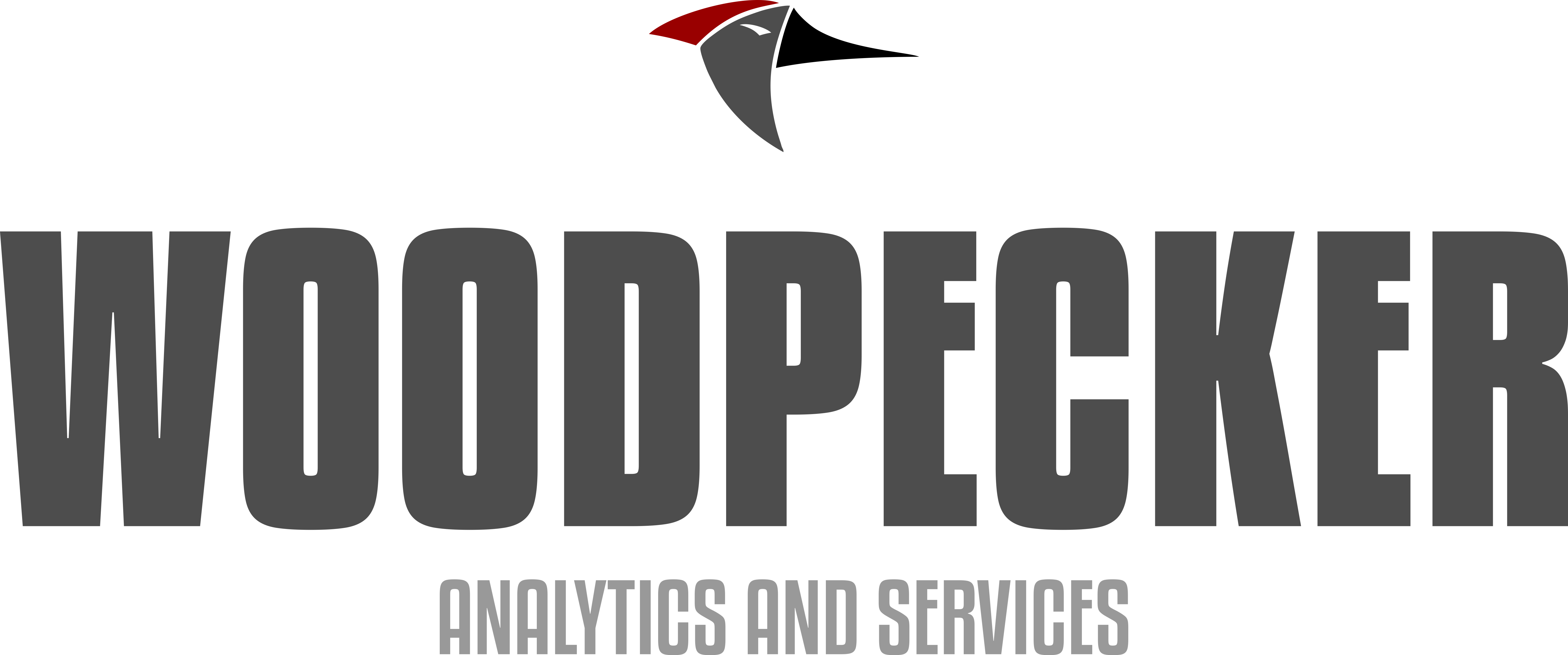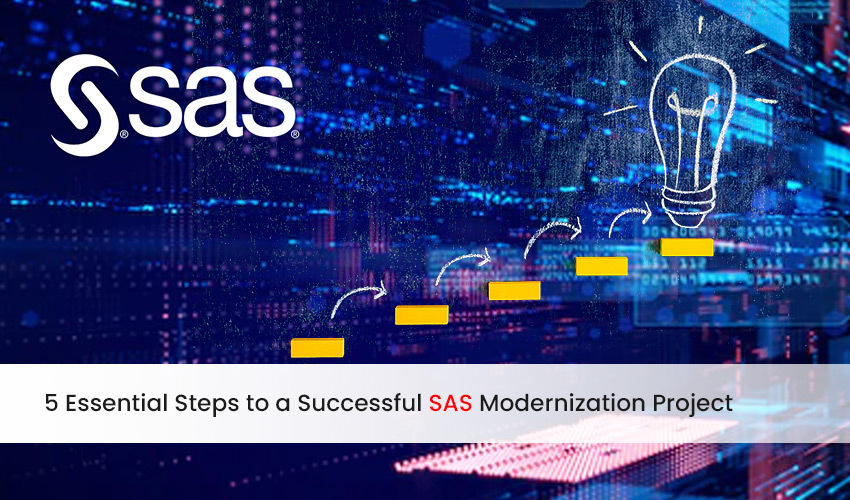5 Essential Steps to a Successful SAS Modernization Project
In today’s data-driven world, businesses are constantly seeking ways to extract greater value from their information. SAS, a powerful analytics platform, has long been a mainstay for many organizations. However, as technology evolves, SAS modernization becomes increasingly crucial to maintaining a competitive edge.
What is SAS modernization?
SAS modernization refers to the process of updating your existing SAS environment to leverage the latest features and capabilities. This can involve migrating to a cloud-based deployment, adopting new SAS Viya solutions, or integrating with other modern tools.
Why modernize SAS?
There are several compelling reasons to embark on a SAS modernization journey:
- Enhanced Performance and Scalability: Modern SAS solutions offer significant performance improvements and greater scalability, allowing you to handle larger datasets and complex analyses with ease.
- Improved User Experience: Modern interfaces are more user-friendly and intuitive, making it easier for both technical and non-technical users to access and utilize data insights.
- Advanced Analytics Capabilities: SAS modernization unlocks the potential of cutting-edge analytics techniques like machine learning and artificial intelligence, enabling deeper insights and more predictive decision-making.
- Reduced Costs: Modernization can lead to cost savings by optimizing resource utilization and streamlining infrastructure management.
- Improved Security and Compliance: Modern SAS solutions prioritize data security and adhere to the latest compliance regulations.
Step 1: Assessment and Planning
- Evaluate Your Current Environment: Begin by taking stock of your existing SAS infrastructure. This includes identifying your current SAS version, the platforms and tools you use, and the types of data you analyze.
- Define Your Business Goals: Clearly outline what you aim to achieve through modernization. Do you want to improve efficiency? Gain deeper insights? Enable self-service analytics? Aligning your goals with the project ensures focused efforts.
- Develop a Modernization Roadmap: Create a detailed roadmap outlining the specific steps involved in the modernization process. This includes migration strategies, timeline considerations, and resource allocation.
- Build Your Team: Assemble a skilled team with expertise in SAS, modern analytics tools, and project management. Consider partnering with a trusted SAS modernization specialist to leverage their experience and best practices.
Step 2: Data Migration and Integration
- Data Assessment and Cleansing: Before migration, assess your data quality and identify any inconsistencies or errors. Cleanse your data to ensure its accuracy and validity for reliable analysis in the modernized environment.
- Develop a Migration Strategy: Determine the most appropriate data migration strategy based on your specific needs. This could involve a phased approach or a full-scale migration depending on the complexity of your data.
- Integration with Modern Tools: Identify opportunities to integrate your modernized SAS environment with other data sources and analytics tools within your organization. This creates a more unified data ecosystem for seamless analysis.
Step 3: Infrastructure and Deployment
- Cloud Migration (Optional): Consider migrating your SAS environment to the cloud to benefit from scalability, on-demand access, and reduced infrastructure management overhead.
- Deployment Options: Choose the most suitable deployment option based on your needs. On-premise, cloud, or hybrid deployments each have their advantages and disadvantages.
- Security and Compliance: Prioritize data security and compliance throughout the modernization process. Implement robust security protocols and ensure your modernized environment adheres to relevant regulations.
Step 4: Training and User Adoption
- User Training: Provide comprehensive training to your users on the new functionalities and features of the modernized SAS environment. This empowers them to take full advantage of the platform’s capabilities.
- Change Management Strategy: Develop a change management strategy to help users adapt to the new environment. This includes ongoing support, communication plans, and addressing any user concerns.
Step 5: Monitoring and Optimization
- Performance Monitoring: Continuously monitor the performance of your modernized SAS environment. Identify any bottlenecks or areas for improvement and address them proactively.
- Optimization and Refinement: Refine your modernized environment based on usage patterns and feedback from your users. This ensures the platform remains optimized and delivers ongoing value.
Conclusion
By following these 5 essential steps, you can set your SAS modernization project on the path to success. A modernized SAS environment empowers your organization to harness the full potential of your data, gain a competitive advantage, and make data-driven decisions that fuel growth.


